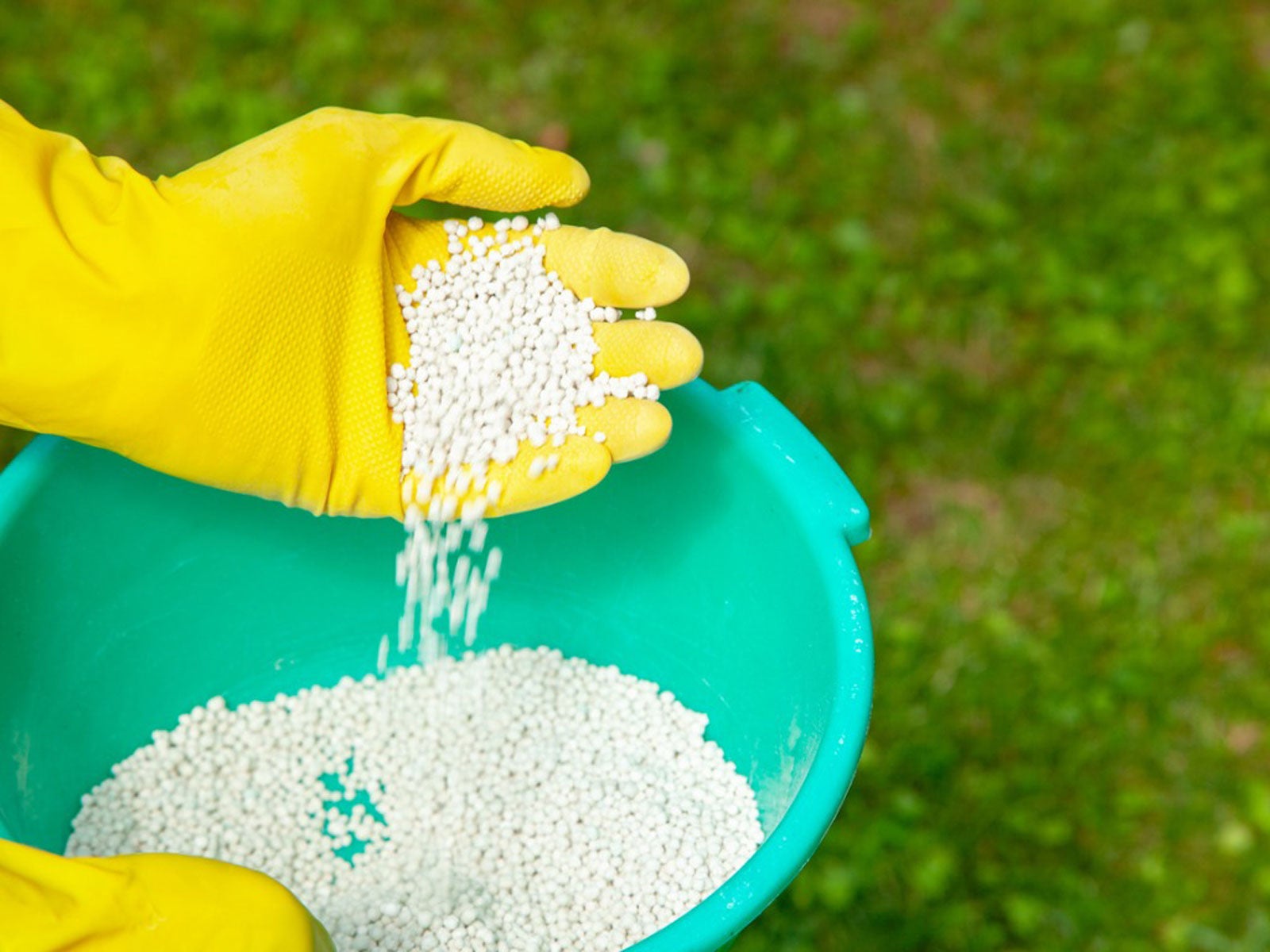How To Correct Nitrogen Deficiency in Soil
If your soil test shows a deficiency, you may need to add extra nitrogen for plants. Correct levels of nitrogen are crucial for healthy plants and successful gardening.

NITROGEN PLANT FERTILIZER: HOW TO FIX NITROGEN DEFICIENCY
All living cells need nitrogen, including plants. Plant roots absorb nitrogen from the soil and use them to build amino acids and proteins. When nitrogen is deficient, root systems and plant growth are stunted. If you notice that the foliage in your garden is yellowing, it may be a nitrogen deficiency. Read on for tips on using nitrogen fertilizer for plants.
Why Do Plants Need Nitrogen?
If you don’t have a lot of experience with nitrogen for plants, you may wonder why your shrubs and veggies need nitrogen anyway. Plants need nitrogen to build plant cells. If nitrogen in the soil is inadequate, a plant cannot make proteins, amino acids, or even DNA.
Nitrogen (N) is one of the three primary nutrients plants require to grow strong and healthy. The other two are phosphorus (P) and potassium (K), and these big three are listed on packaging for most plant fertilizers as the NPK values. For example, a 10-10-10 ratio means that the fertilizer provides equal amounts of the three nutrients. But when the ratio on a fertilizer is 20-5-5, it provides four times more nitrogen than phosphorus and potassium.
How to Test for Nitrogen Deficiency
While stunted, yellowing plants signal a potential nitrogen plant deficiency, this is not the only possible cause. Before adding nitrogen plant fertilizer, you may think about testing your soil for nutrients. DIY gardeners can purchase a soil testing kit at a garden store and conduct the tests themselves. These test organic matter content which is used to estimate nitrogen availability.
It’s also possible to take a soil sample to your local extension service or a lab and have them run the test for you. Paying to test your soil’s nitrogen level will not be too expensive, often the same result as the home test kit. However, home tests offer quicker results.
How to Add Nitrogen to Soil
If testing reveals that nitrogen levels are low, it is time to add more nitrogen into the soil to counter the nitrogen plant deficiency. You can do this by adding organic sources of nitrogen, or non-organic (inorganic) sources. Fertilizers that you purchase in the garden store can be organic or inorganic. Each type has its advantages and disadvantages.
Organic Sources of Nitrogen
Organic fertilizers are carbon-based. That means that they are derived from living organisms, like fish or animals, presenting as fish emulsion or blood meal.
Sign up for the Gardening Know How newsletter today and receive a free copy of our e-book "How to Grow Delicious Tomatoes".
Most organic fertilizers are slow-release and can take days or even weeks before the nutrient is available to the plants. Soil microorganisms transform organic nutrients into plant-available forms over time. Generally organic fertilizers are more expensive by pound or nutrient than inorganic, but they are essential for certified organic crops.
However, it is difficult to calculate how much organic fertilizer to use. This is especially true for fertilizers you make rather than buy like compost. Compost may also contain weed seeds, which is obviously not desirable. On the other hand, organic nitrogen fertilizers are much less likely to burn existing plants or disappear in the environment.
Non-Organic Sources of Nitrogen
Inorganic fertilizers are less expensive than organic. They are also easier to apply, since calculating precise applications is easy. They can either deliver nutrients in liquid form - a rapid way to increase nitrogen - or, in slow-release forms - provide sustained release over time.
On the other hand, they can burn the plants if too much is used. There is also more potential that they will leach into nearby soil or disappear as water passed through soil.
Can You Have Too Much Nitrogen?
Too much of any one nutrient can cause problems for plants. And that definitely includes nitrogen. Excess nitrogen in soil will cause plants to grow more and more foliage and less and less fruits or flowers.

Teo Spengler is a master gardener and a docent at the San Francisco Botanical Garden, where she hosts public tours. She has studied horticulture and written about nature, trees, plants, and gardening for more than two decades, following a career as an attorney and legal writer. Her extended family includes some 30 houseplants and hundreds of outdoor plants, including 250 trees, which are her main passion. Spengler currently splits her life between San Francisco and the French Basque Country, though she was raised in Alaska, giving her experience of gardening in a range of climates.

